Greenhouse Construction In Kenya
Greenhouse construction in Kenya for your crop is a key consideration in commercial greenhouse farming. The right structure guarantees yield, efficiency, and profitability. Grekkon Limited makes daily field visits to farmers in Kenya training them on how to construct a greenhouse. Below, we share our key considerations when we visit grow
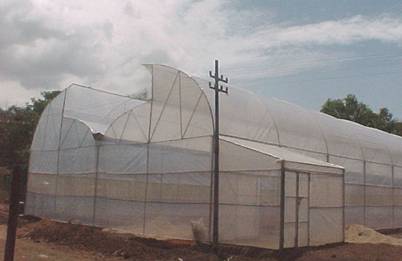
Co-joined vented type greenhouses
Greenhouse Construction In Kenya
There are 3 key considerations:
I. Budget
- A galvanized steel greenhouse lasts longer and is more expensive than an aluminum paint coated one
- The steel internal cop support structure makes it costly but provides good mature crop support
Cost of a greenhouse in Kenya
These are greenhouse construction in Kenya prices for galvanised metallic greenhouse tunnel type structures with a 1,000L tank, and a full irrigation system. Note that it does not include the internal steel crops support structure. This price includes all greenhouse materials
| Greenhouse Type | |||||
| Plant population | Tunnel Type Cost | Open Ventilated Type Cost | |||
| Greenhouse Size | 15M x 8M | 500 – 600 | KES 290,000 | KES 330,000 | |
| 20M x 8M | 650 – 725 | KES 300,000 | KES 340,000 | ||
| 24M x 8M | 750 – 800 | KES 320,000 | KES 350,000 | ||
| 30M x 8M | 1,000 – 1,200 | KES 460,000 | KES 540,000 | ||
| 40M x 8M | 1,300 – 1,500 | KES 575,000 | KES 655,000 | ||
| 15M x 16M | 1,000 – 1,200 | KES 460,000 | KES 555,000 | ||
| 24M x 16M | 1,500 – 1,600 | KES 620,000 | KES 665,000 | ||
| 30M x 16M | 2,000 – 2,400 | KES 900,000 | KES 990,000 | ||
| 40M x 16M | 2,600 – 3,000 | KES 1,100,000 | KES 1,240,000 | ||
C. Large
From 800M square. Kes 850 per meter square. We customise our price according to size, and your greenhouse budget
These are prices for a various types of wooden greenhouse vented type structure
| Dimensions in meters | Tomato Crop Population | Price in KES |
| 15 x 8 | 600 | KES 140,000 |
| 24 x 8 | 800 | KES 160,000 |
| 30 x 8 | 1,200 | KES 190,000 |
| 30 x 16 | 2,500 | KES 370,000 |
How To Construct Timber Greenhouses
i. Know the crop type to plant. This will guide on the greenhouse design and amount of material to use. For instance, a tomato greenhouse will take more material than one with herbs. This is because tomato will require training, and herbs won’t. It also guides on the greenhouse paper to cover with. You will have more light for fruiting crops like tomato, capsicum, chilli, cucumber, and strawberry, or bi/ multicolored flowers. Have a clear polythene for these. Mono-color flowers will have the yellow polythene cover
ii. Determine the plant population you need. This informs the area of the greenhouse
iii. Once you determine the amount of timber required based on the greenhouse area, treat it. This is to prevent weevils and termites from attacking the timber which reduces it’s lifespan. Do not apply motor oil on the timber as treatment. This is because it will contaminate food crops in the greenhouse
iv. Your construction design is the vented type. This is because, the tunnel type design is only possible with steel greenhouses
v. Cover the roof and side ventilation with an insect net. Select the high density gauge which is effective in keeping away white-flies
vi. Make the beds according to the crop type. Beds are important in managing drainage. For seedling production, set up the tables 1M high
vii. Set up the drip irrigation system on the beds. For seedling production, set up he misting or fogging system above. The misters or foggers are 1M apart
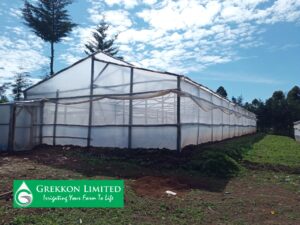
A wooden greenhouse by Grekkon Limited
II. Location
In the cool highlands, build a tunnel type to retain heat during the cold nights. In the warm lowlands, construct the vented type to moderately high temperatures during the day.
Vented type greenhouse is more expensive than tunnel types
III. Crop type
Mono color roses or other mono-color flowers will have yellow polythene covering. Multi-color flower crops and vegetables will have a clear polythene cover
Steps on greenhouse construction in Kenya
i. Choose your greenhouse size according to your budget
ii. Select your greenhouse type according to location
iii. Choose your polythene color according to your crop type
iv. Level the area where your greenhouse will stand
v. The 2 longer sides of the greenhouse will face eastwards and westwards. However, consider the wind direction too
vi. In the tropics, your greenhouse will be 5 meters tall or higher
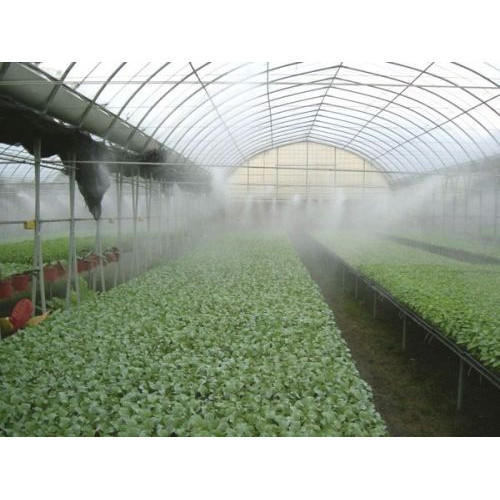
Seedlings propagation in a greenhouse
Basic ‘Must Haves’ Treatments of a Greenhouse Polythene in Kenya
- It will be treated with anti-ultra violet (anti-UV) block to prevent the harmful UV sun rays from causing damage to the paper. Greenhouse polythene is made from polymers which photo-degrade easily under UV light exposure. The greenhouse paper changes color (yellowing), cracks, chalks on the surface which impairs transparency, and will have lower mechanical properties. Anti-UV treated paper lasts for a minimum of 36 months before replacement as a greenhouse cover. Without the treatment, the usable lifespan under equatorial climate is a few months. UV treatment reduces insect pest attacks such as; white flies, thrips, and aphids by making them less active. It controls some fungal diseases, thereby reducing overall pesticide application
Farmers growing crops that need external pollinators such as bees are advised to get a film that allows part of the UV light in. This is because these bees need it to move about

An illustration of UV damage on untreated polythene sheet over a 3 week period
- Anti-drip treatment. This prevents moisture condensation on the paper especially in the morning, otherwise known as ‘dew’. Dew droplets cause fungal disease growth when they fall on the crops leaf’s surface. In a solar dryer, dew on dried produce causes molding

Dew droplets on greenhouse crop foliage encourage formation of fungal diseases
How To Select The Right Greenhouse Cover For Your Crop
- Crop type
Different crop types have different light requirements
1.1. Fruiting type. Tomato, pepper, strawberry, cucumber require more light to make food to support fruiting. Have a clear polythene greenhouse cover for more light
1.2. Vegetative crops. Leafy vegetables, herbs and spices will produce well in less light than in 1.1. above. Clear or yellow polythene works
1.2. Mono color flowers. Yellow polythene intensifies petal color for mono color roses and other flowers. This increases their marketability
1.4. Bi or multi color flowers. Construct with clear polythene for with this crop
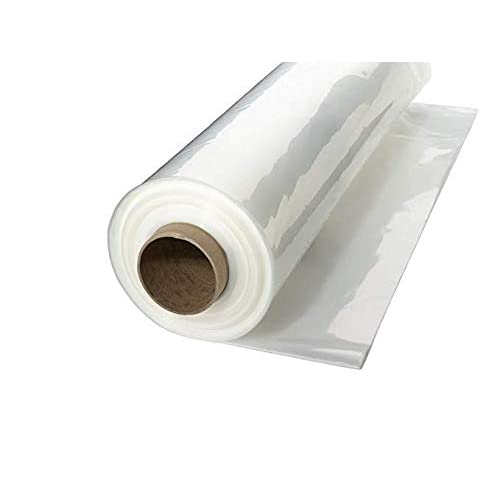
Clear greenhouse polythene
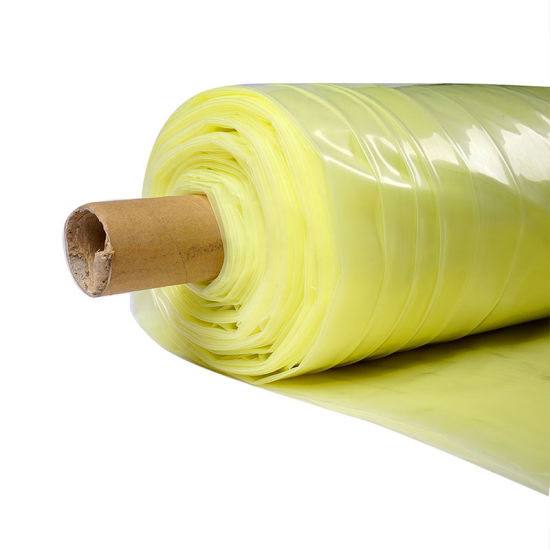
Yellow greenhouse polythene
2. Disease incidence
Crops such as; tomato, pepper, strawberry, cucumber, roses, carnations, chrysanthemums and many others are susceptible to blight. This is when moisture remains on their leaves. For such, your greenhouse polythene sheet will have anti-drip treatment. Anti drip treatment prevents dew droplets from forming on the paper when moisture condenses. These drops cause fungal infections when they drip on the leaf surface of the crop. Anti-drip treatment is available for both clear and yellow paper types
3. Budget
The anti-drip treated greenhouse polythene paper more expensive. However, it saves the grower more money, as a result of less fungicide application
The paper choice applies to any greenhouse structure; wooden or steel. This is true also for any greenhouse size
How to Choose Greenhouse Nets
Greenhouse nets allow for ventilation of the crops, and personnel working in the unit. Below are the consideration made when deciding the choice of greenhouse net to install on the sides
1. Crop type. Some crop types require higher light intensity than others. In this case, a lower shade % net is appropriate for the former. Fruiting crops such as; tomato, strawberry, capsicums, and so on require more light than leafy vegetables. Examples are; cabbage, spinach, collards, kale etc.
2. Crop stage of growth. The shade net in the nursery will block out more heat, than the one for established crops in the field
3. Location of the farm. In the highlands where the heat intensity is less, a lower shade net will protect crops well. In the mid to low altitudes where it’s hotter, a higher shade net works best.
4. Latitude. Countries such as Kenya lie along the equator where solar radiation is high. Your choice of greenhouse net will have higher UV treatment than that of a temperate region
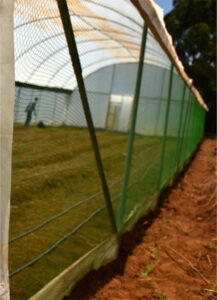
Greenhouse Construction In Kenya FAQs
a. What materials are needed to build a greenhouse?
- UV treated greenhouse polythene
- Steel pipes
- Insect netting
- Profiles and wires
b. Can I grow year-round in a greenhouse?
Yes because the crop is protected from the elements of weather
c. Do greenhouses make money?
Yes they do with a high-value crop
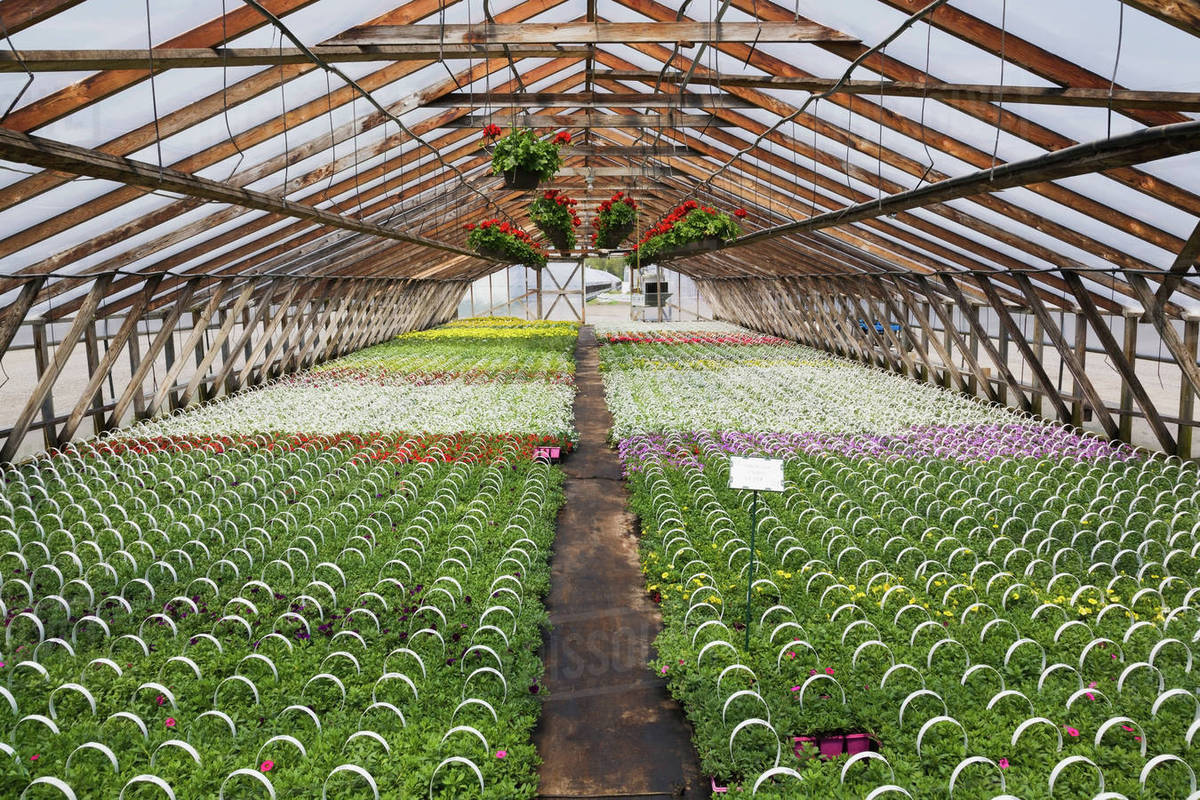
Growing herbs and spices in a wooden greenhouse

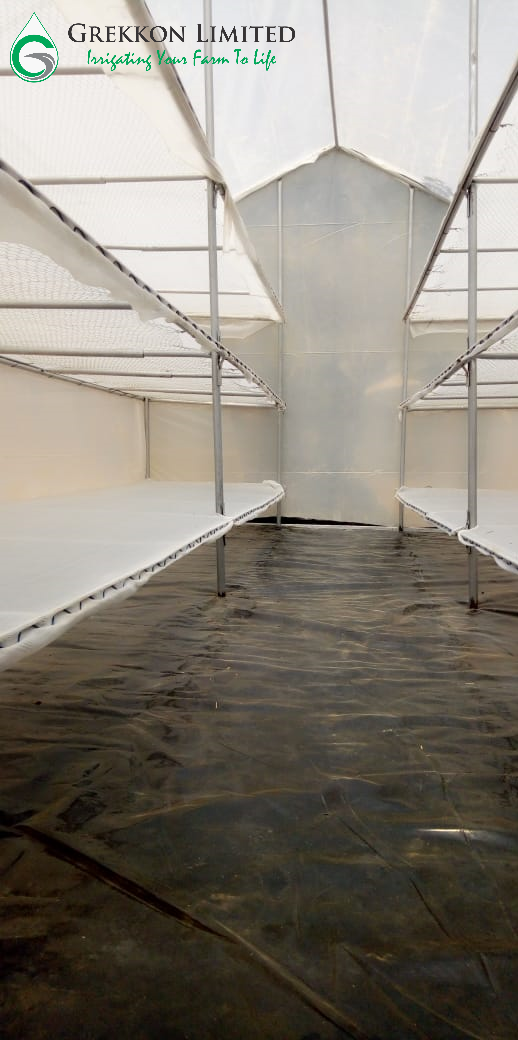
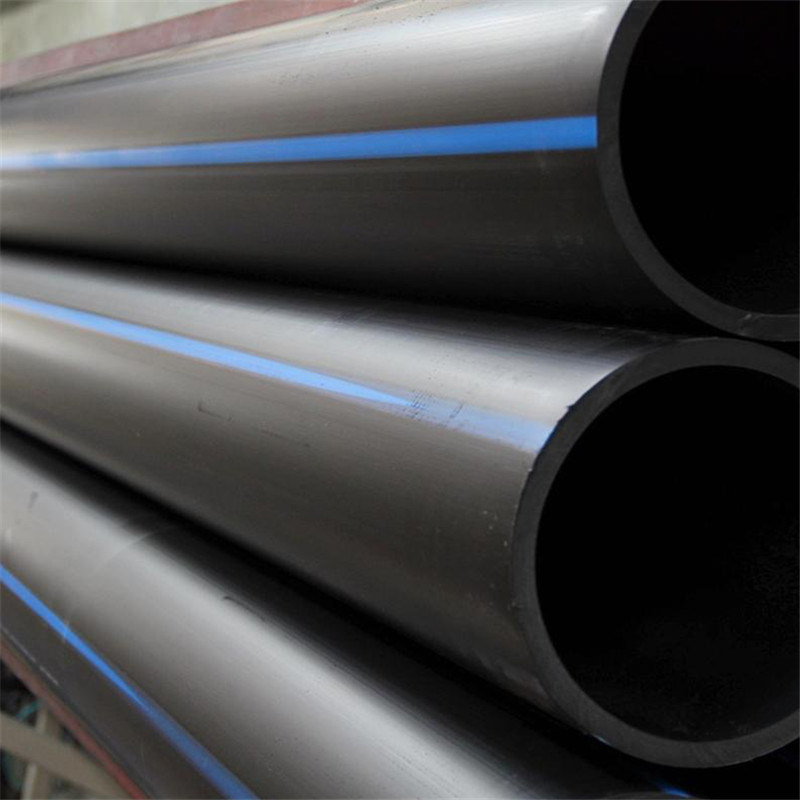
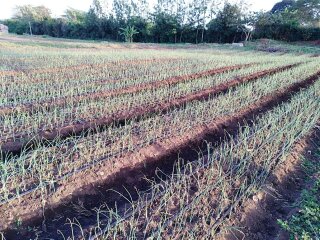
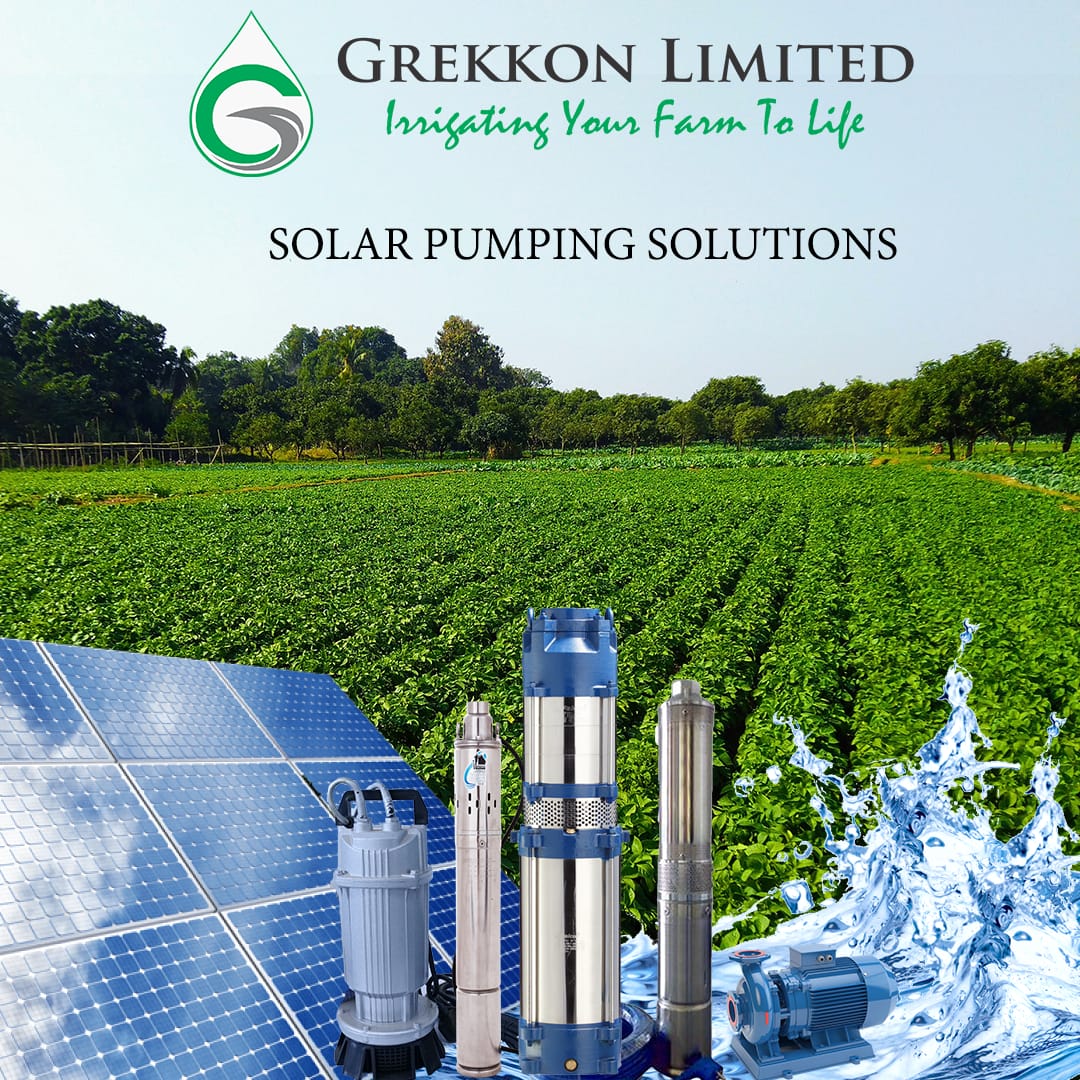
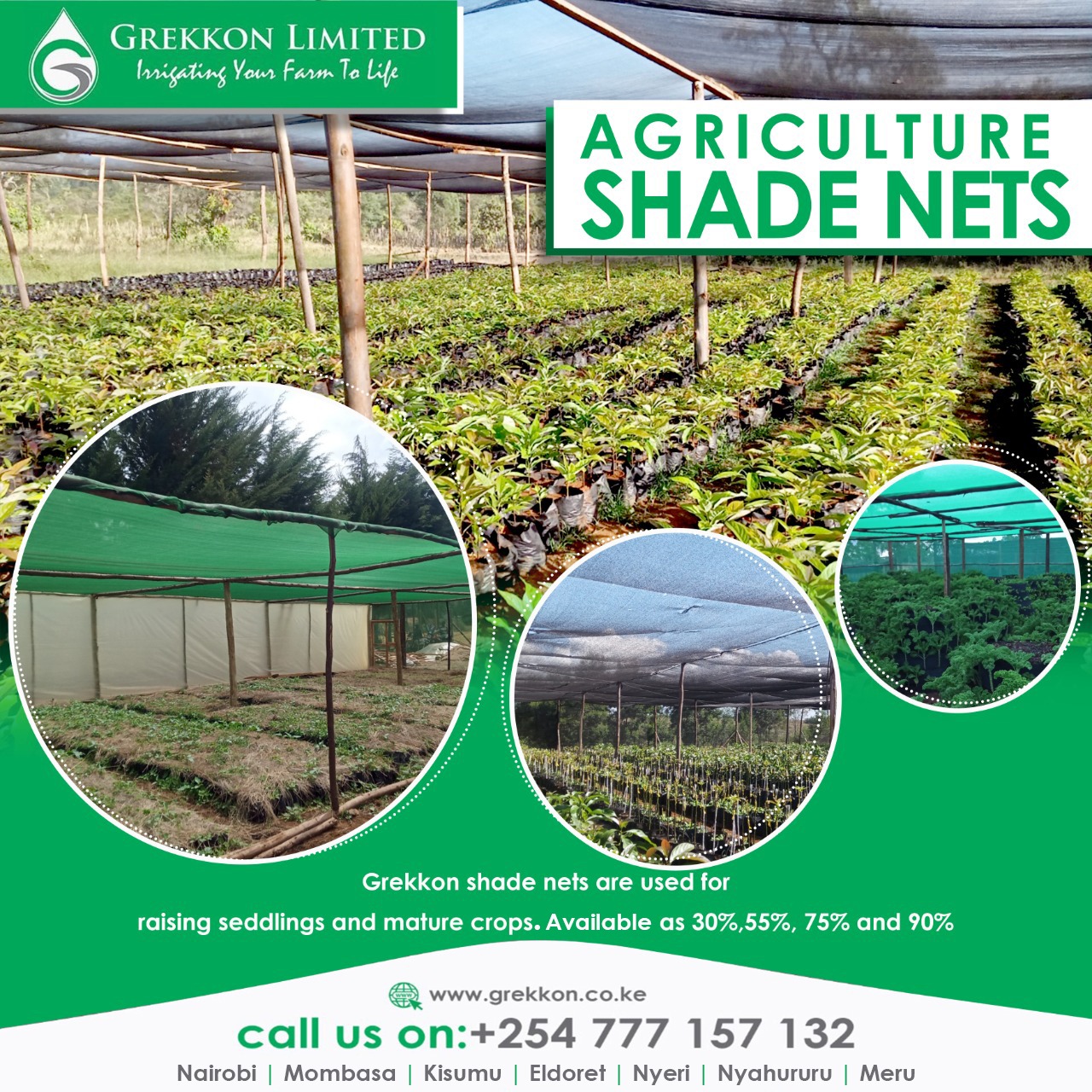
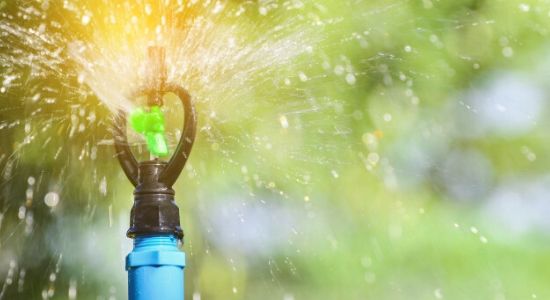
I work with the Catholic Church in Makueni and one of our Sisters Community is urgently in need and ready for an 8 x 30m Greenhouse. How can we get one soonest possible
Good afternoon Francis,
For your metallic greenhouse in Kenya cost, please email us your number on info@grekkon.co.ke
Best regards,
Customer Service
Hi am interested in green house farming,how can I get more information.?
Good morning Kiariga,
Please visit any of our nearest branches. Our agronomy teams will share detailed advise on green house farming in Kenya
Best regards,
Customer Service